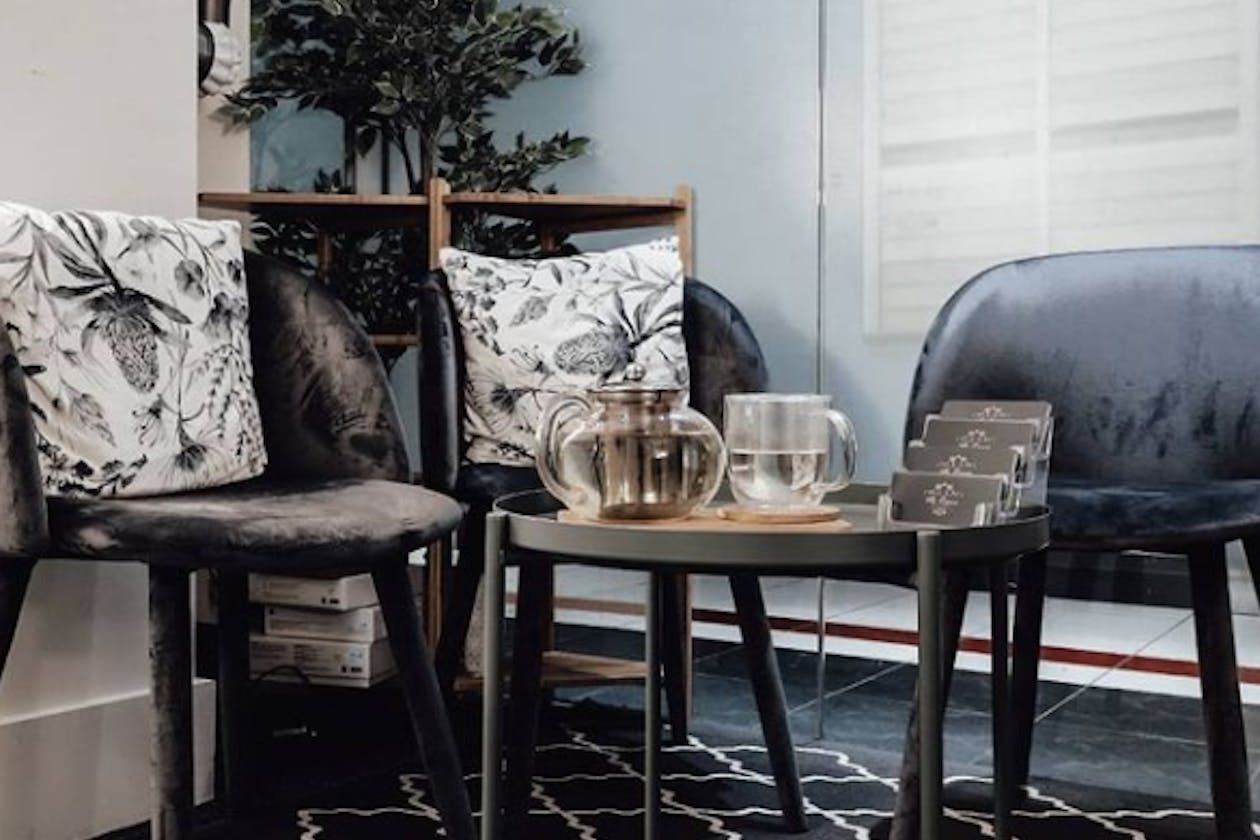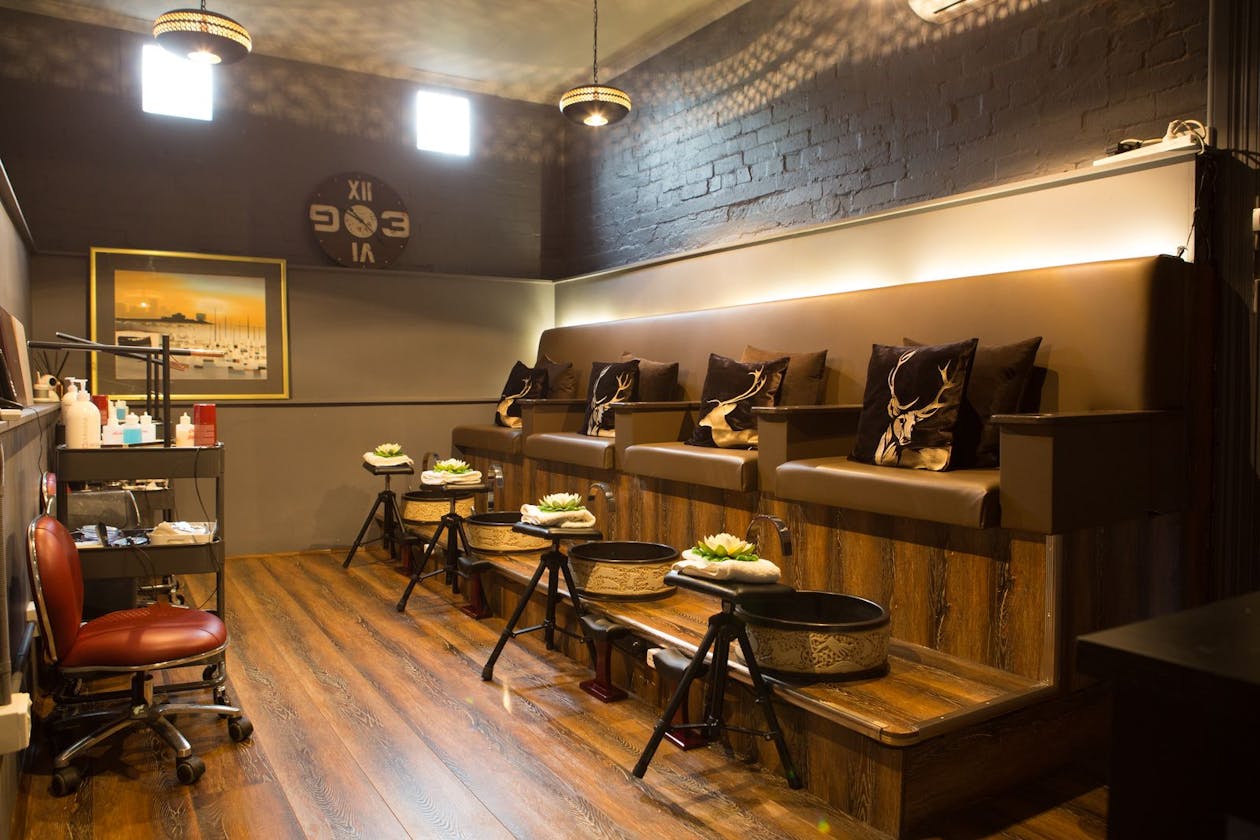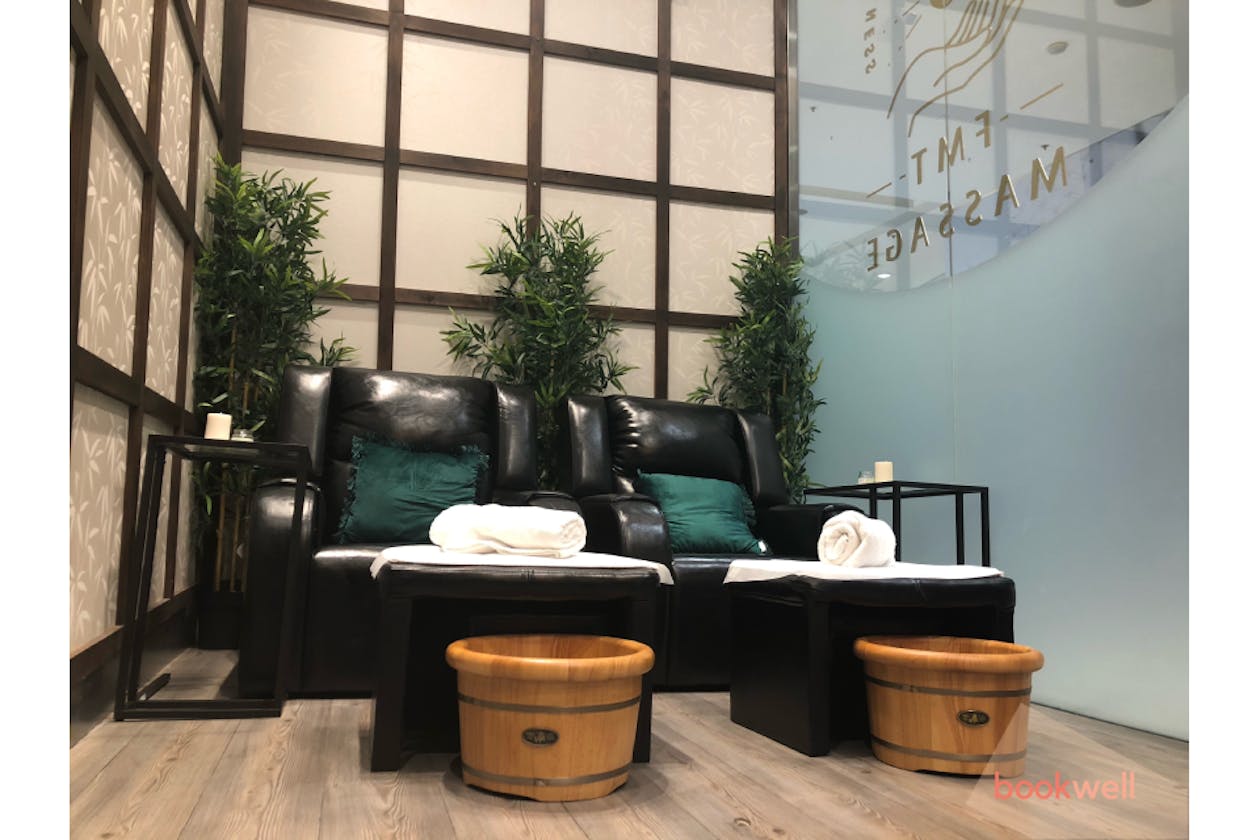
Cupping Book your cupping appointment online and save
Top 20 Cupping TherapistsFor more salons, check out Fresha’s list of Massage Studios.
 2/91 Dorset Road, Ferntree Gully, Ferntree Gully 3156(14)For revitalising massage and physiotherapy treatments that will have you feeling like a whole new person, visit Healthy Life Clinic in Ferntree Gully.
2/91 Dorset Road, Ferntree Gully, Ferntree Gully 3156(14)For revitalising massage and physiotherapy treatments that will have you feeling like a whole new person, visit Healthy Life Clinic in Ferntree Gully.
Massage for Wellness
4 / 28 Hawken Drive, St Lucia 4067(77)Massage For Wellness, are dedicated to treating your mind and body. Choose from therapies including Remedial or Relaxation Massage, Lymphatic Drainage, and more.
Shen Chinese Medicine - South Melbourne Market
166 York Street, South Melbourne 3205(7)Shen Chinese Massage and Acupuncture Centres offers a range of wellness and therapeutic services including Chinese, deep tissue oil and remedial massages.
Deep Relax Massage On Pitt Street
Suite 106, Level 1 / 250 Pitt St, Sydney CBD 2000(41)For soothing and revitalising massage treatments in the heart of Sydney CBD, Deep Relax Massage on Pitt Street has got you covered. Book today.
Alter Ego Hair Design
6 / 519 Old South Head Road, Rose Bay 2029(7)Alter Ego Hair Design specialises in natural, organic and high quality hair care. Stylists offer fume free hair colouring, waxing and Keratin treatments.
The Queen Total Beauty
8 Woodland Street, Melbourne (Strathmore), Victoria, Strathmore 3041(193)Experience the ultimate relaxation with The Queen Beauty and Massage. Services include massage, eyelash extensions and facials to cater to all skin concerns.
Kornkanok Thai Massage
99A Station Street, Fairfield 3078(30)Kornkanok Thai Massage is an authentic Thai massage facility in Fairfield offering exceptional service in a modern clinic.
Swan Beauty Massage And Spa
UFC Gym 466 West Botany Street, Rockdale 2216(17)For all things massage, head straight to Swan Beauty Massage and Spa. Try out the Deep Tissue, Relaxation or Pregnancy Massage, and authentic Thai Massage.
Total Bliss Health and Beauty
104 Dawson Road (Ground Floor), Upper Mount Gravatt 4122(12)Anjeleen’s Natural Medicine Clinic offers a range of natural medicines and treatments. Indulge in a full body massage, facial, Naturopathy, cupping and more.
Bill Horton's Healing Massage and Homeopathy
37 Coral Fern Drive, Cooroibah 4565(7)Bill Horton's Healing Massage and Homeopathy is a truly gifted healer. Bill's services include Sports, Remedial, Hot Stone Massage, Reflexology, and Shiatsu.
Kalynda Chase Beauty & Massage
Shop 86A / 310 Ross River Road, Aitkenvale 4814(237)Kalynda Chase Beauty and Massage is Aitkenvale’s go-to for sumptuous beauty and massage treatments that leave you with a natural glow.
Orchard Road Nail & Beauty
231 Lygon Street, Carlton 3053(90)Discover the beautiful modern salon at Orchard Road Nail & Beauty. The expert staff are committed to providing premium service in a calming, tranquil space.
Wellbeing Remedial Massage
23/24 Campbell Street, , Parramatta 2150Indulge in a life-changing massage treatment from the friendly professionals at Wellbeing Remedial Massage on Campbell Street in Parramatta.
Tao Massage - Knox
Shop 1032 / 425 Burwood Highway, Wantirna South 3152(2)Whether your muscles are sore or you’ve simply had a stressful week, book an appointment at Tao Massage on Burwood Highway in Wantirna South today.
FMT Massage
2059/25 George Street, Level 2 (near Big W and the Reject shop), Liverpool 2170The experts at FMT Massage on George Street in Liverpool will treat you to a thorough massage that will leave you feeling refreshed and revitalised.
Acuharmony
Level 3, 313 Little Collins Street, Melbourne CBD 3000(5)Acuharmony's practitioners offer traditional Chinese therapies to optimise health and wellbeing. They also specialise in reflexology, ear candling, and massage
ENTA
5 Lloyd Street, Strathmore 3041(83)Elite Natural Therapies Australia is a sanctuary for health and wellness. Explore natural remedies such as cupping, acupuncture, massage and more.
My Personal Therapy
1/101 Eskdale Road, Caulfield North 3161(423)My Personal Therapy is a serene spa on Eskdale Road in Caulfield North, where you can enjoy a revitalising massage treatment from experienced professionals.
Serenity Body Massage Therapy
116 Murphy street, Richmond 3121(7)Serenity Body Massage Therapy is the go-to place when you're feeling stressed, tired or sore. Massage therapists are certified and insured by IICT.
Crows Nest Acupuncture & Herbal Centre
3 / 132 Willoughby Road, Crows Nest 2065(18)Crows Nest Acupuncture and Herbal Centre is a traditional Chinese medical clinic in Crows Nest offering advanced natural therapies.
CUPPING
Cupping therapy may be really trendy now, but it's not new. Dating all the way back to ancient Egypt, China, and the Middle East, its therapeutic qualities have long been recognised.
Cupping is considered to be a form of alternative medicine, and is closely linked with traditional Chinese medicine. It is a very specific skill and you should always book with a recognised practitioner.
There are two distinct forms of cupping therapy - dry and wet. Most people opt for dry cupping as the alternative does sound a little scary at first.
Treats Pain & Inflammation
The traditional way of carrying out dry cupping is for the practitioner to burn a small amount of flammable material in the cup. When the fire goes out, the cup will be placed upside down on your skin. As the cup cools, it creates a seal and a vacuum, which leads to those raised red circles you see on the skin.
This may seem like a strange treatment to have, but it's actually very beneficial in treating pain and inflammation. It also acts like a deep tissue massage to give you a real sense of peace and relaxation.
Traditional cups are made from glass, earthenware or bamboo. Some cupping practitioners use silicone cups or a rubber pump so, if you prefer a more authentic treatment, be sure to ask what they use when you book.
Get Rid of Toxins
With wet cupping, treatment starts out the same but, when the cup is removed, the practitioner makes some tiny cuts on your skin with a small scalpel. Cupping is then repeated, in order to draw out a little blood.
This type of cupping therapy is believed to draw out toxins and other harmful substances from your body.
Do be aware that, although not painful, cupping will leave marks on your skin for a couple of days, so definitely don't go for a session straight before a big night out. Generally the marks are red, but they can appear bruised if the session was to treat an injury or energy blockage.
Cupping Offers Many Benefits
Qualified cupping practitioners, like the ones you'll find here at BookWell, believe this ancient treatment offers many beneficial effects.
- Blood Booster - Cupping can help with blood disorders, including anaemia and haemophilia.
- Anti-inflammatory - Cupping therapy stimulates your body to produce anti-inflammatory chemicals, to further aid recovery. It can help with arthritis, fibromyalgia, fertility problems, skin problems, depression, anxiety, allergies, migraines and even varicose veins.
- Better Blood Flow - Cupping works by drawing blood flow to the affected area to boost healing, and also helps the tissue develop new blood flow.
- Relaxation - The great thing about cupping therapy is that it can be combined with a massage for maximum benefit and relaxation. In which case, you'll need to look through our list of practitioners for one who does both.
Few Side Effects
If you're concerned about cupping therapy side effects, rest assured. Apart from that redness or mild bruising we mentioned, most people experience no side effects with dry cupping.
If you opt for wet cupping, you may feel a little discomfort. The practitioner may apply soothing medicated ointment and a dressing.
If you are unsure whether a cupping treatment is suitable for you - for example, you may be pregnant - why not discuss it with your doctor first. And you should always share any concerns with the cupping practitioner.
Celebrity Status
Interestingly, the number of people seeking cupping therapy swells dramatically every time the Olympic Games take place. This is due to the fact that many members of the Australian, US and Chinese swim teams have been spotted - quite literally!
Ever since Australia's Michael Phelps showed off his cupping 'bruises' at the Rio Games, this treatment has enjoyed celebrity status.
Book Cupping in your city
- Adelaide
- Ballarat
- Bendigo
- Blue Mountains
- Brisbane
- Bunbury
- Cairns
- Canberra
- Central Coast
- Cobram
- Colac
- Darwin
- Dubbo
- Geelong
- Gippsland
- Gladstone
- Gold Coast
- Hervey Bay
- Hobart
- Horsham
- Maitland
- Mansfield
- Melbourne
- Mildura
- Mornington Peninsula
- Newcastle
- Northern NSW
- Perth
- Port Macquarie
- Regional NSW
- Regional QLD
- Regional SA
- Regional VIC
- Rockhampton
- Sunshine Coast
- Sydney
- Tamworth
- Toowoomba
- Torquay
- Townsville
- Warwick
- Wollongong